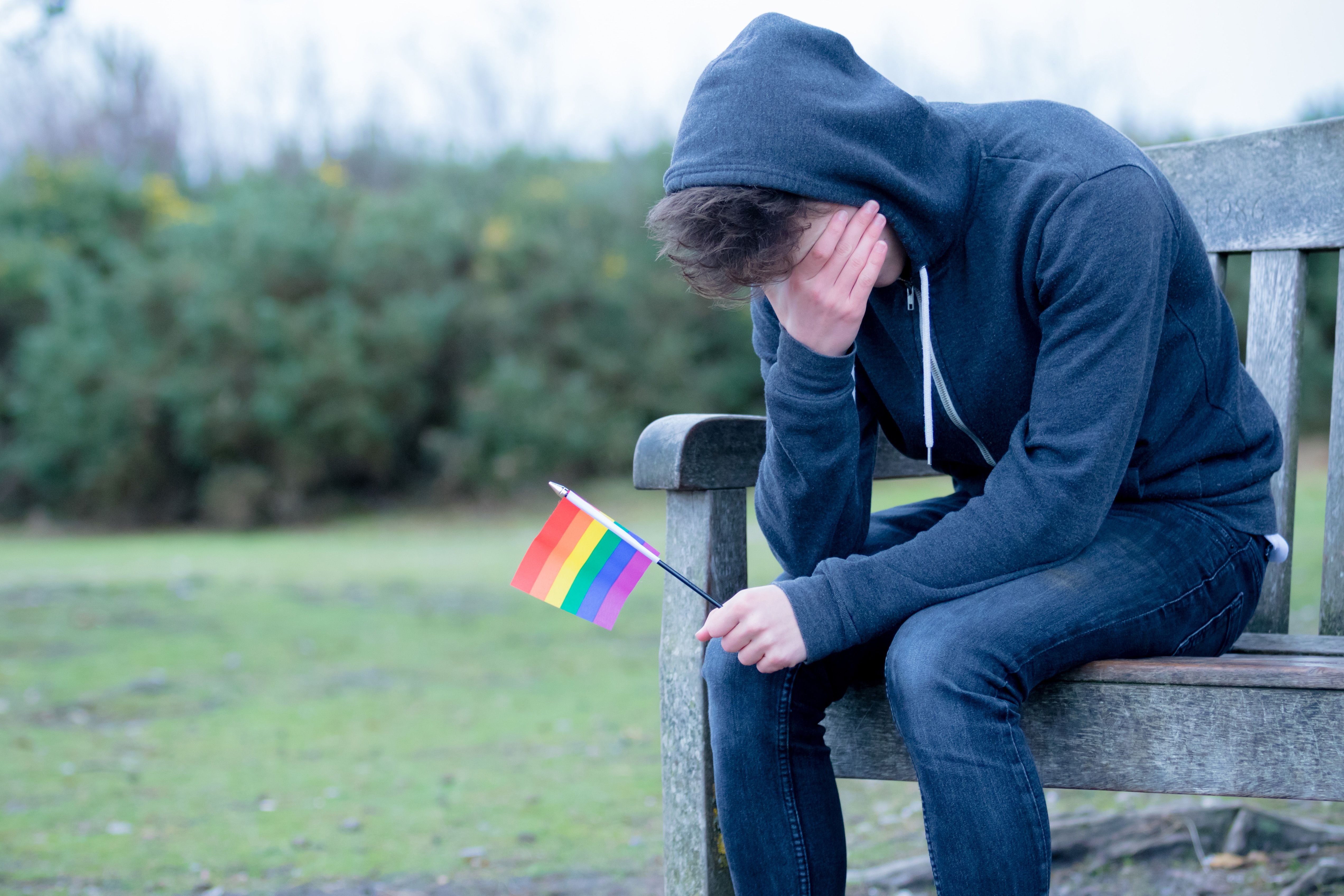
News
Article
Navigating the Double-Edged Sword: Addressing Suicide Stigma and Normalization for Effective Prevention
Author(s):
"By developing strategies that reduce both stigma and normalization, we can create a more supportive environment for those at risk and improve suicide prevention efforts."
pixels_of_life_AdobeStock

Suicide, a global public health issue, is often associated with stigma, which can exacerbate the problem and hinder prevention efforts. Stigma surrounding suicide can deter individuals from seeking help and can isolate those who are already vulnerable.1-5
Research shows that suicide stigma is multifaceted, encompassing public stigma, self-stigma, and label avoidance.4 Public stigma refers to the general population’s negative attitudes and beliefs about suicide, while self-stigma is the internalization of these negative attitudes by individuals who are suicidal. Label avoidance is the reluctance to seek help to avoid being labeled “suicidal.” These forms of stigma can lead to discrimination, social isolation, and a reluctance to seek help, which can further increase the risk of suicide.1-3
Moreover, a study by Sheehan, et al,4 revealed that suicide attempt survivors may be subject to double stigma, experiencing both the stigma associated with suicide and the stigma of mental illness. This double stigma can impede recovery and access to care. The study also found that individuals who attempted suicide were often stereotyped as attention-seeking, selfish, incompetent, emotionally weak, and immoral, further contributing to the stigma.
However, stigma is not the only societal attitude that can impact suicide rates. A study by Oexle, et al,5 highlighted the concept of suicide normalization, defined as liberal attitudes toward suicide. The study found an inverse relationship between suicide stigma and suicide normalization, suggesting that efforts to reduce suicide stigma could inadvertently increase suicide normalization. This is concerning, as suicide normalization can act as a barrier to seeking help for suicidality.
To address these issues, it is crucial to develop strategies that reduce both suicide stigma and suicide normalization. One potential approach is to promote interpersonal contact with individuals who have experienced suicidality and have a recovery story to share. This can help humanize the issue, reduce stigma, and counteract normalization by showing that recovery is possible.5
In conclusion, addressing the stigma associated with suicide is a complex task that requires a nuanced understanding of societal attitudes toward suicide. By developing strategies that reduce both stigma and normalization, we can create a more supportive environment for those at risk and improve suicide prevention efforts.
Dr Ajluni is an assistant professor of psychiatry at Wayne State University in Livonia, Michigan.
During the preparation of this work, the author used ChatGBT in order to synthesize and summarize information based on my ideas, input, and conclusions. After using this tool/service, the author reviewed and edited the content as needed and takes full responsibility for the content of the publication.
References
1. Hom MA, Stanley IH, Joiner TE Jr. Evaluating factors and interventions that influence help-seeking and mental health service utilization among suicidal individuals: a review of the literature. Clin Psychol Rev. 2015;40:28-39.
2. Scocco P, Castriotta C, Toffol E, Preti A. Stigma of Suicide Attempt (STOSA) scale and Stigma of Suicide and Suicide Survivor (STOSASS) scale: two new assessment tools. Psychiatry Res. 2012;200(2-3):872-878.
3. Batterham PJ, Calear AL, Christensen H. Correlates of suicide stigma and suicide literacy in the community. Suicide Life Threat Behav. 2013;43(4):406-417.
4. Sheehan LL, Corrigan PW, Al-Khouja MA; Stigma of Suicide Research Team. Stakeholder perspectives on the stigma of suicide attempt survivors. Crisis. 2017;38(2):73-81.
5. Oexle N, Valacchi D, Grübel P, et al. Two sides of the same coin? the association between suicide stigma and suicide normalisation. Epidemiol Psychiatr Sci. 2022;31:e78.
Newsletter
Receive trusted psychiatric news, expert analysis, and clinical insights — subscribe today to support your practice and your patients.
2 Commerce Drive
Cranbury, NJ 08512
All rights reserved.




